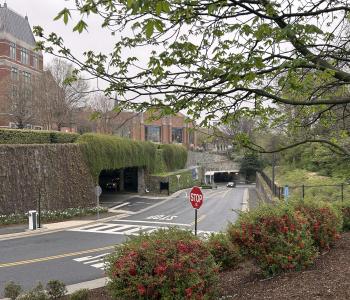Indoor Frozen Pipes – Tips for Homeowners
During periods of very cold weather such as the subfreezing temperatures we have all experienced in the past few days, many customers are confronted with frozen pipes that can be a serious inconvenience. At their worst, frozen pipes can result in severe damage to a homeowner’s or even a neighbor’s property.
The best source of information for property owners is a qualified plumber, but often many customers turn to WASA for advice. As usual, the best approach is prevention! For example:
- Wrap insulation around water pipes to prevent freezing, especially in those areas that are more exposed to the weather, like your garage.
- In areas of your property where pipes may be prone to freezing, consider allowing your faucet to run at a very slow drip to help avoid freezing.
- Try leaving cabinet doors under faucets open so they can get more heat.
If these preventive measures fail and your pipes freeze, there are some immediate steps to take that may help:
1. Immediately locate your main water service valve and be prepared to immediately shut the water off at the first sign of any water leakage (as outdoor temperatures rise, the ice inside the pipe will melt and leaks may then be evident). This valve is generally located inside your home close to where the line comes in from the meter. For instance, if your meter is in your front yard, the service line extends from the meter, into the yard and into the front part of your house. The valve could be in a closet on your main floor or in the basement. It generally will look like a 'wheel' on the valve. In some instances the service valve could have a lever handle. You should also avoid, if possible, leaving a building unattended if you suspect an internal pipe has frozen. Otherwise, you may return to find significant damage!
2. Turn on the closest faucet to the service valve (a trickle will do) to relieve pressure as the ice melts.
3. Use a blow dryer or space heater to thaw a frozen pipe. Place it 4-5 inches away from the pipe and let it blow until the pipe thaws. Be patient! This can be time consuming. DO NOT USE A BLOWTORCH OR OTHER OPEN FLAME because it’s too dangerous!
4. Once thawed, wrap insulation around water pipes, and follow the other preventive measures mentioned above to try to avoid re-freezing.
5. Immediately consult a plumber if you see or hear running water under a building or in a wall.








